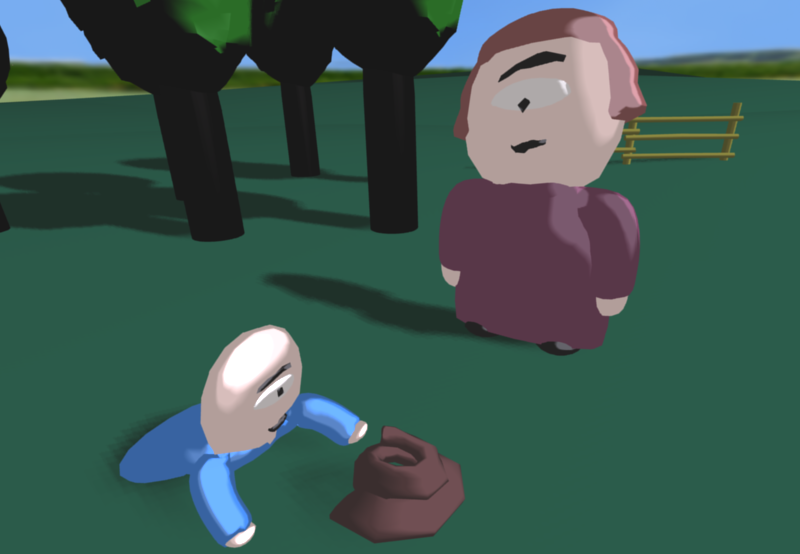Basing artificial emotion on
process and resource management
| Authors: |
Stefan Rank & Paolo Petta
Austrian Research Institute for Artificial Intelligence |
|---|
| Date: |
2007-09-12 |
|---|
Presented at ACII 2007, Lisbon, Portugal (EU) • 2007-09-12.
- Hello, my name is Stefan Rank from the Austrian ...
- The title of this talk is ...
try to open the presentation in a new unadorned window, then switch to fullscreen (F11 normally).
If the slide text doesn't fit in your browser window, try decreasing the text size, try <Ctrl>+<->.
Use <space bar> to advance, <Page Up/Down> & <arrow keys> to navigate. <T> toggles between slideshow and outline. Type a number followed by Return to switch to a particular slide. Slide controls are hidden in the bottom right corner.
Main Message
We propose a new approach for modelling the affective life of embodied social virtual agents:
- Explicitly bounded resources
- Concurrent processes acquiring and using them

- When creating social virtual agents, we want to consider Embodiment and Psychological theory
- In the course of the talk we will understand what the implications of addressing these aspects are
- and why we chose processes and resources as adequate building blocks, to improve on the status quo of modelling approaches



